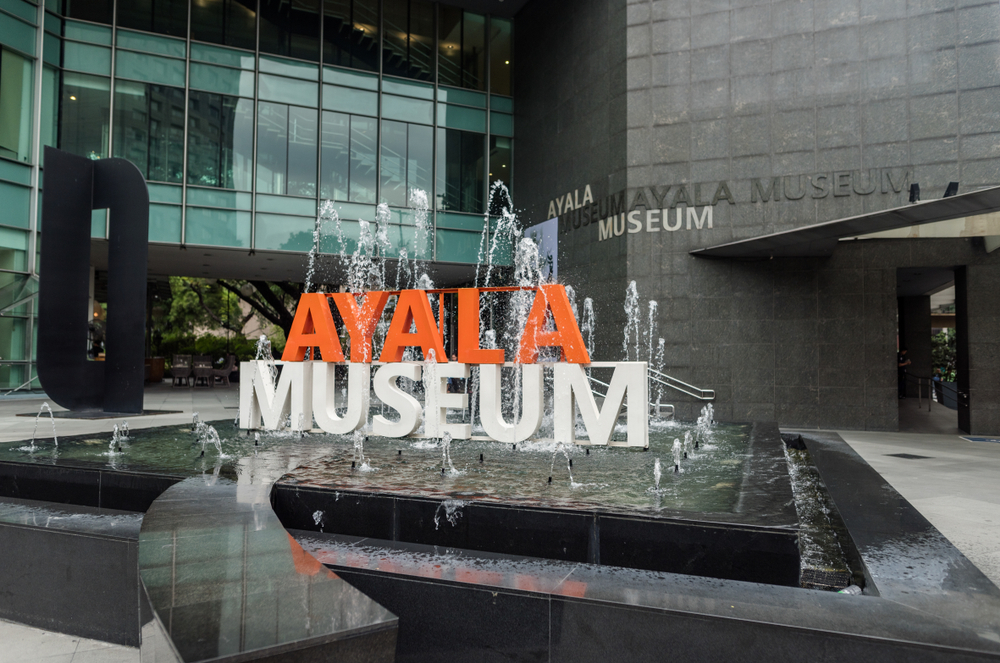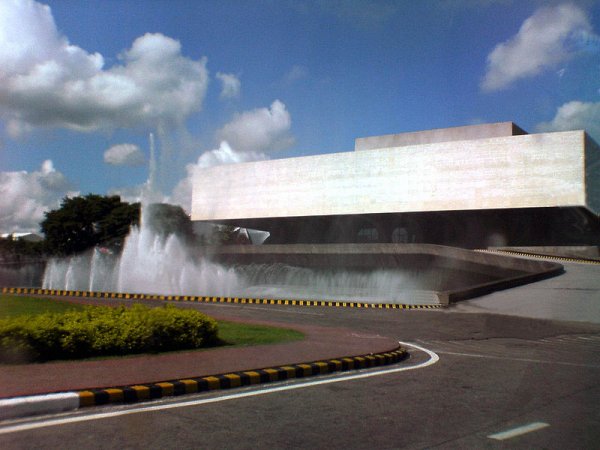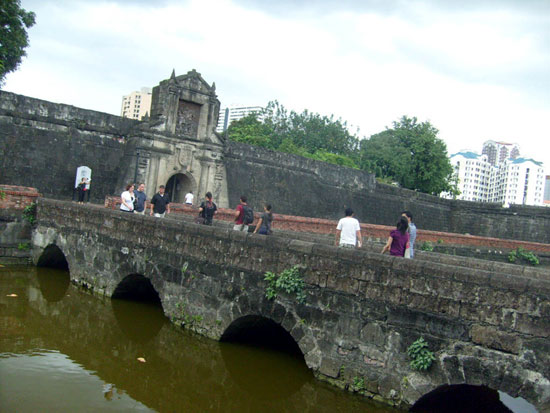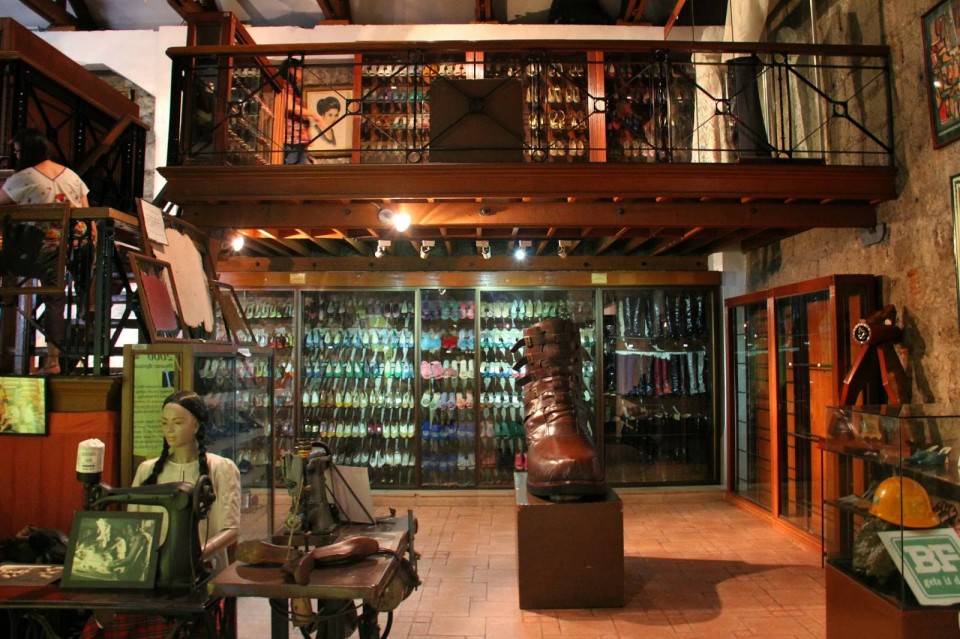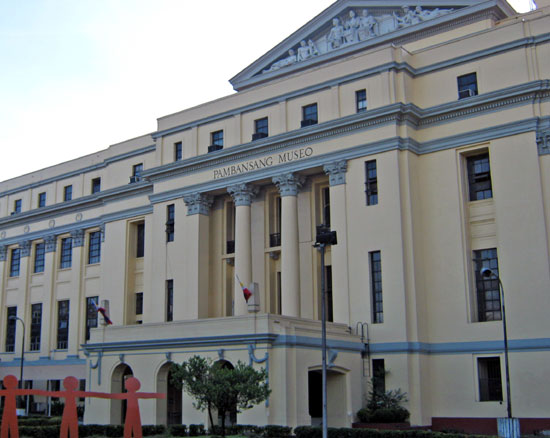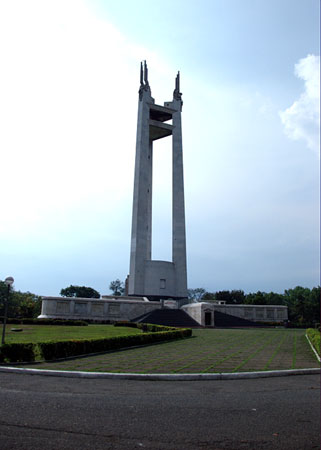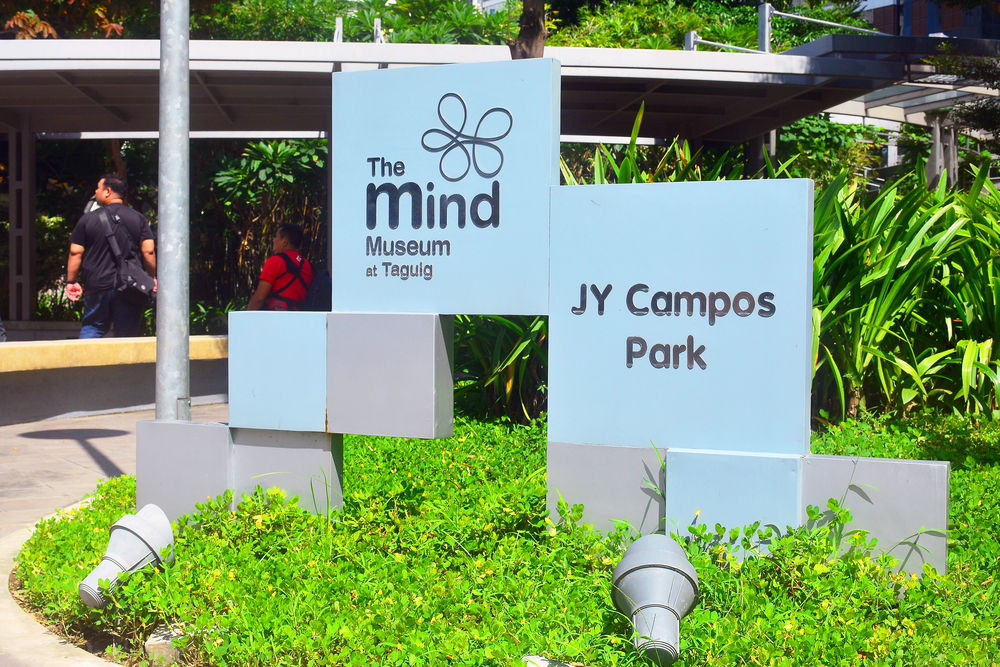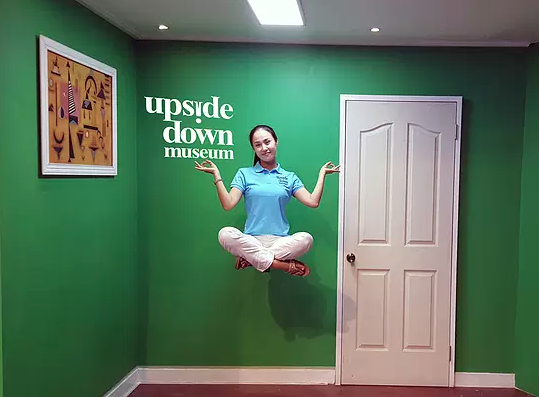Points of Interest
Ayala Museum
Greenbelt Park, Ayala Center, Makati Avenue at corner of De La Rosa Street
Makati City 1224, Philippines
The Ayala Museum is one of the Philippines' most modern art and history museums. The museum was established in 1967, and the present structure was formally opened in 2004. The museum's permanent collections include 60 handcrafted dioramas, the maritime vessel gallery, 19th-century paintings, ethnographic collections, and works by Filipino masters like Juan Luna, Fernando Amorsolo, and Fernando M. Zobel de Ayala. The museum also hosts temporary exhibitions.
Cultural Center of the Philippines
Sentrong Pangkultura ng Pilipinas Roxas Boulevard
Pasay City, Philippines
Located in Manila and formally opened on September 8, 1969, the Cultural Center of the Philippines (CCP) is dedicated to Filipino culture and arts. CCP's performance venues include the Tanghalang Pambansa (Main Building), which houses four theaters, an ethnographic exhibits museum, temporary exhibitions, exhibit halls, galleries, a library, an audiovisual room, and administrative facilities. The four theaters are Tanghalang Nicanor Abelardo (Main Theater), Tanghalang Aurelio V. Tolentino (Little Theater), Tanghalang Huseng Batute (Studio Theater), and Tanghalang Francisco Balagtas (Folk Arts Theater). CCP also hosts a wide range of cultural events throughout the year.
Fort Santiago
Fuerza de Santiago Metro Manila, Philippines
Fort Santiago, a defensive structure, is situated in the fortified city of Intramuros at the mouth of the Pasig River. The palace of Rajah Suliman, the chief of Manila, once stood on this site. In 1571, the Spanish destroyed the palace and began construction of the fort, which was completed 150 years later. The fort is protected by walls that are 22 meters (72 feet) high and 26 m (85 ft) thick, with a 40-meter-high (131-foot-high) entrance. At present, the fort is a museum that houses, among other things, the Rizal Shrine, which is a replica of the prison cell where Filipino nationalist Jose Rizal was locked up before execution, and the prison dungeons.
Marikina Shoe Museum
Corner of J. P. Rizal and I. Mendoza Streets
Marikina, Metro Manila, Philippines
More than 1,000 pairs of shoes are on display at this museum in Marikina, the Philippines’ shoe capital. Of the shoes exhibited, 749 belonged to Imelda Marcos. Known as the Iron Butterfly, Marcos ruled the country from the mid-1960s until 1986 when she was exiled. Today, her shoe collection has become a symbol of her evil regime.
National Museum of the Philippines
P. Burgos Street
Manila, Philippines
The national repository of the Philippines' natural and cultural heritage, the National Museum of the Philippines was founded in 1901 as a museum for natural history and ethnography. Located at the Rizal Park Complex, the museum consists of several divisions, such as arts, anthropology, botany, zoology, education, and geology. It also houses the National Museum Planetarium. The National Museum of the Filipino People lies adjacent to this museum building and houses the Anthropology and Archaeology Divisions. This museum contains the popular Spoliarium painting by Filipino artist Juan Luna.
Nayong Pilipino
Pasay City, Metro Manila, Philippines
Nayong Pilipino ("Philippine Village") is the Philippines’ only cultural theme park and covers an area of more than 19 hectares (47 acres). The park features a miniature version of Filipino cultural heritage and is divided into six regions, namely Ilocos, Cordillera Central, Tagalog, Bicol, Visayas, and Mindanao. Each region contains a house or building representing its unique architectural style, a distinctive landscape, and examples of Filipino arts and crafts. The park also houses the Philippine Museum of Ethnology, Museum ng Buhay Filipina (museum of antiques), Museum of Philippine Dolls, Aguinaldo House,Torogan House, an aquarium, an aviary containing local species, and a garden of Philippine plants.
Quezon Memorial Circle
Elliptical Road
Quezon City, Manila, Philippines
This 66-meter-tall (217 foot-tall), three-pylon monument topped by decorative angels is the sightseeing showpiece of Quezon City. Its construction as a mausoleum for Manuel L. Quezon, the first president of the Commonwealth of the Philippines under US colonial administration, began in 1940. The expense of importing and cutting the Carrara marble used in the monument delayed construction considerably. Visitors can climb up to a drum-shaped viewing room positioned near the top of the Circle and admire the panorama. You'll find a museum detailing the history of Quezon City inside the monument. Local people relaxing, picnicking, and playing ball games take over the large stretch of parkland around it on the weekends. Fast food joints and street food vendors serve the visitors.
The Mind Museum
JY Campos Park, 3rd Avenue, Taguig
1634 Metro Manila, Philippines
Situated within JY Campos Park in Metro Manila’s Taguig, The Mind Museum opened in 2012 and today has more than 250 interactive science-related exhibits. Guests can learn about gravity, dinosaurs, electromagnetism, outer space, animals, and more. Playtales is a special area designed specifically for children ages 2 to 6 years old. Outside, visitors can explore the museum’s botanical garden.
Upside Down Museum
Boom Na Boom Grounds, CCP Complex, Roxas Boulevard, Pasay
1300 Metro Manila, Philippines
The perfect place for unique photo opportunities, Upside Down Museum features a variety of oversized objects and a complete house turned upside down. Tour the home’s living room, kitchen, dining room, bedroom, office, and bathroom where everything is upside down. There is even an upside-down bridge with cars on it. Throughout the museum, visitors can capture photographs of head-scratching poses that make memorable keepsakes to remember the experience by forever.
Copyright © 1993—2025 World Trade Press. All rights reserved.

 Philippines
Philippines 